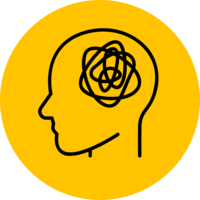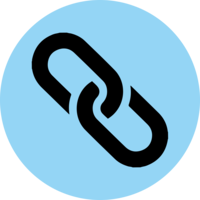Upstate New York Infant Development Screening program (Upstate KIDS)
Upstate KIDS investigated whether fertility treatments affect childhood growth and development. Approximately 5,000 mothers and their 6,000 children were enrolled between 2008 and 2010, 2 to 4 months after delivery. The cohort of children was comprised of triplets, quadruplets, and children conceived by fertility treatment at a 1:3 ratio with children not conceived via treatment, all recruited through birth records. All participants were situated within New York State (United States of America), excluding New York City. Birth-related data were obtained via linkage, and follow-ups took place until 10 years of age. Sweeps occurred at 4, 8, 12, 18, 24, 30, and 36 months during the first phase (2008-2014). Additional developmental assessments around 3 to 5 years, and then annually from 2016 to 2019 during the second phase.
Study design
Cohort, Cohort - birth, Registry, Cohort - primary caregiver and child
Number of participants at first data collection
6,171 (children)
5,034 (mothers)
Age at first data collection
Birth (children)
Varied (mothers)
Participant year of birth
2008 - 2010 (children)
Varied (mothers)
Participant sex
All
Representative sample at baseline?
No
Sample features
Country
Year of first data collection
2008
Primary Institutions
Eunice Kennedy Shriver National Institute of Child Health and Human Development
New York State Department of Health
University at Albany
Profile paper DOI
Funders
Eunice Kennedy Shriver National Institute of Child Health and Human Development (NICHD)
Ongoing?
No
Data types collected


- Computer, paper or task testing (e.g. cognitive testing, theory of mind doll task, attention computer tasks)
- Physical or biological assessment (e.g. blood, saliva, gait, grip strength, anthropometry)
- Secondary data
- Self-completed questionnaire – online
- Self-completed questionnaire – paper or computer assisted
- None
- None
- Census data
- Geographic, spatial & environmental data
- Healthcare data
- Medical birth registry
Engagement
Keywords



